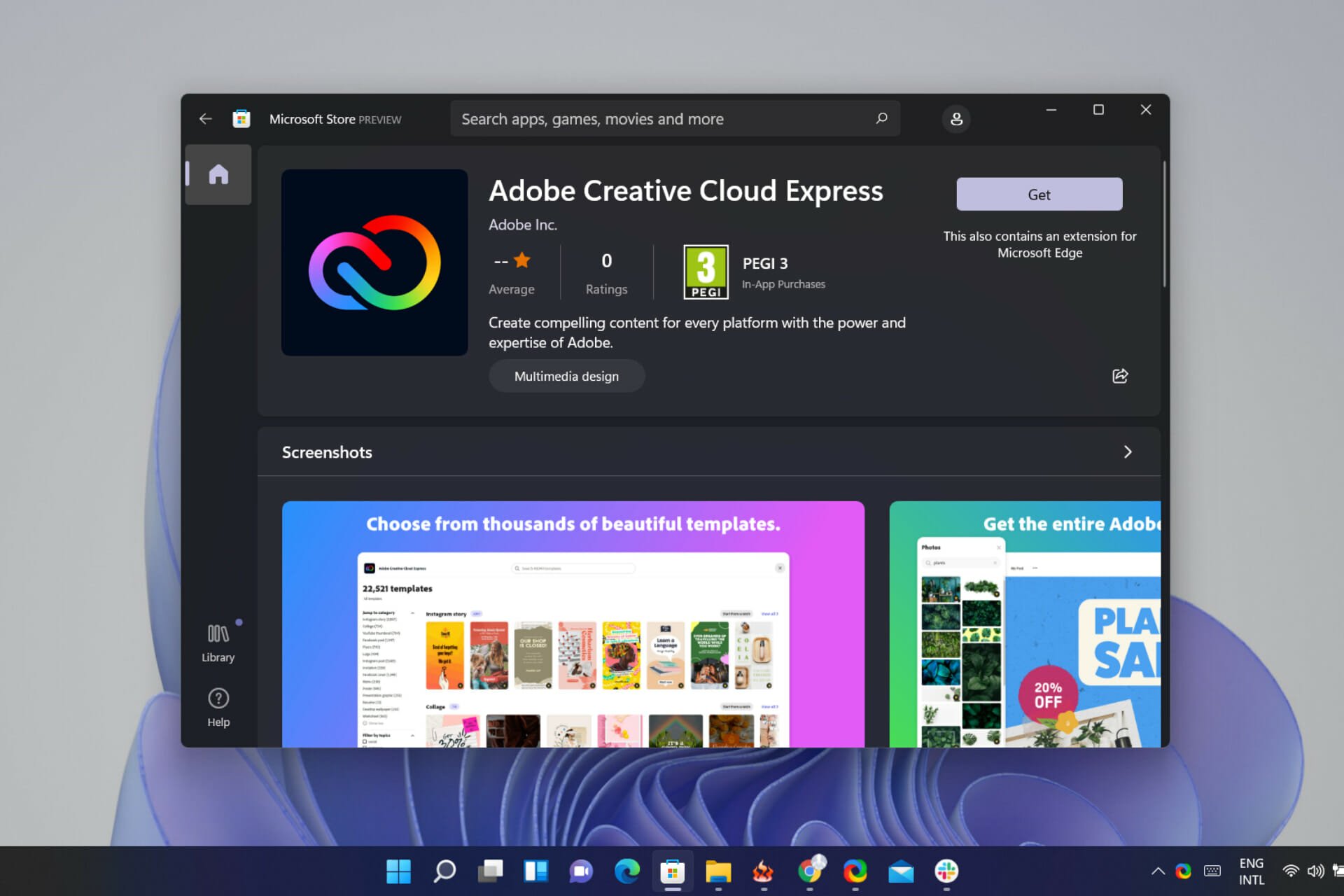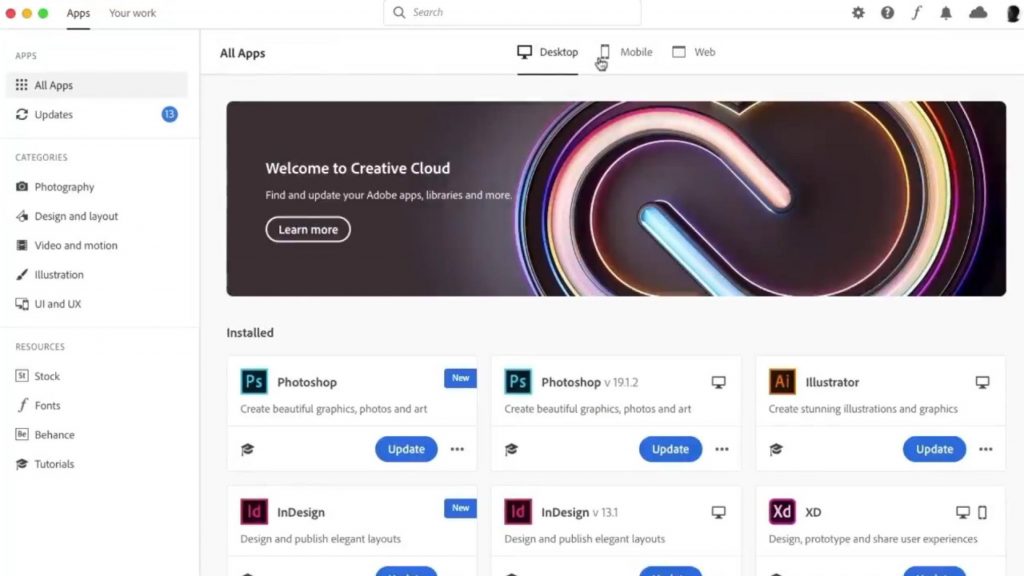

The app lists all the available drive letters and by default uses the last-available letter that is typically Z. The assets remain placed in the binary file (say INDD) and are not removed. If two users place assets from different drive letters, they cannot see the assets placed by each other. The app can map to any drive letter on Windows. Network Drive Letter: The drive letter used to map to the Experience Manager DAM. In the Preferences window, adjust the values of the following:Ĭache Directory: Location of local cache of the app (it contains the locally downloaded assets). To change preferences, click and Preference. If you are an Adobe Managed Services (AMS) customer, contact Adobe Customer Support. (Experience Manager 6.5.1 or later) If you are using desktop app with Experience Manager 6.5.1 or later, upgrade S3 or Azure connector to version 1.10.4 or later. You can browse the folders from within the app.įigure: Application displays the DAM contents after login Upon successful connection, you can view the list of folders and assets available in the root folder of the Experience Manager DAM. Otherwise the app cannot connect to the Experience Manager server. Provide the address of the Experience Manager server in the format Click Connect and provide the credentials.įigure: Connection screen to input server address.Įnsure there are no leading or trailing spaces before or after the address of the Experience Manager server. To connect the app with an Experience Manager repository, click the app icon in the tray and launch the app. Re-run the Experience Manager desktop app installer.

Download the installer from here and install both vc_redist.圆4.exe and vc_ files. If the installation fails then install it manually. Follow on-screen instructions to install it. On Windows, the installer may prompt to install Visual Studio C++ Redistributable 2015.
#Adobe creative cloud app not opening windows 10 how to
To install a package, see How to work with Packages.Įxecute the installer binary and follow the onscreen instructions to install. If necessary, download the applicable compatibility package and install it using the Experience Manager Package Manager as an Experience Manager administrator. Ensure that your Experience Manager setup meets the compatibility requirements mentioned in the release notes. Skip this step if you are using Experience Manager as a Cloud Service, Experience Manager 6.4.4 or later, or Experience Manager 6.5.0 or later. If you are upgrading from another version of the app, see upgrade desktop app. Keep the URL and credentials of your Experience Manager deployment handy.

For more info, see above.ĭownload the latest installer from the release notes page. Uninstall any existing Adobe Experience Manager desktop app v1.x before installing the latest app. To install the desktop app, follow these steps. When uninstalling, select the option to clear the cache.ĭownload and install the latest app. Uninstall the previous version of the app. This is to avoid losing any edits when uninstalling the app.

To upgrade from a previous version of the app, follow these instructions:īefore upgrading, sync all your assets and upload your changes to Experience Manager. Before you install a version, uninstall the other version. Two versions of desktop app cannot co-exist on a machine. See what is new in desktop app and how the app works If you are a user of v1.x of desktop app, then understand the differences and similarities between the previous and the latest version of the app. System requirements, prerequisites, and download linksįor detailed information, see the Experience Manager desktop app release notes. See the system requirements.ĭownload and install the application. While doing so, users can easily adhere to the various standards including branding.Įnsure that your Experience Manager version is supported by Experience Manager desktop app. Manage the assets centrally in Experience Manager Assets.Īccess the assets in any native desktop applications, including third-party applications and in Adobe Creative Cloud. Such an integration allows various roles in the organization to, Assets can be previewed, opened in native desktop applications, revealed in Mac Finder or Windows Explorer for placing in other documents, and changed locally – the changes are saved back to Experience Manager when you upload and a new version is created in the repository. Using the Adobe Experience Manager desktop app, the assets within Experience Manager are easily available on your local desktop and can be used in any native desktop applications. Install Adobe Experience Manager desktop app


 0 kommentar(er)
0 kommentar(er)
